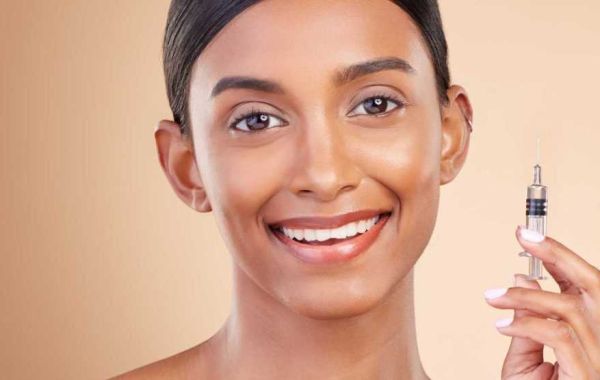This article delves into what dermal fillers are, their different types, common uses, potential risks, and the importance of choosing a qualified practitioner.
What are Dermal Fillers?
Dermal fillers on https://majorcosmeticals.com/ are gel-like substances injected beneath the skin to restore lost volume, smooth lines, soften creases, or enhance facial contours. More than 1 million men and women annually choose this popular facial rejuvenation treatment, which can be a cost-effective way to look younger without surgery or downtime.
Types of Dermal Fillers
The most common types of fillers are categorized based on their material composition:
Hyaluronic Acid (HA): Naturally found in the skin, HA fillers are soft and gel-like. The results are temporary, lasting 6 to 12 months or longer before the body gradually absorbs the particles. Brands like Juvederm, Restylane, and Belotero are notable examples.
Calcium Hydroxylapatite (CaHA): Heavier than HA, CaHA fillers are typically used to treat deeper lines and wrinkles. Radiesse is a popular brand that, aside from filling in wrinkles, helps stimulate natural collagen production. Effects last approximately 12 months.
Poly-L-lactic Acid: A biodegradable synthetic substance, Poly-L-lactic acid fillers are considered “collagen stimulators” with effects lasting more than two years. Sculptra is a brand that helps the skin rebuild natural collagen and fill in lines and wrinkles.
Polymethylmethacrylate (PMMA): As a more permanent solution, PMMA fillers consist of a microsphere-filled gel that provides firm support to the skin. Brands like Bellafill are used to treat medium-to-deep wrinkles, folds, and furrows, particularly nasolabial folds.
Autologous fat injections (fat grafting): Involves transferring fat from another part of the patient’s body. This technique is more invasive and requires a longer recovery time but offers a natural-looking result and can last several years.
Common Uses of Dermal Fillers
Dermal fillers can address a variety of aging signs and aesthetic concerns:
- Smoothing of lines around nose and mouth (marionette lines, smile lines, and parentheses)
- Enhancement of restoration of volume to sunken cheeks or temples
- Diminishing vertical lip lines
- Plumping enhancing the lips
- Smoothing out a chin crease
- Improving symmetry among facial features
Risks and Safety
While dermal fillers are generally safe, they carry risks like any medical procedure. Potential side effects include bruising, redness, swelling, pain, and itching. Rare but more severe complications might include infection, lumps and irregularities in the skin, or, in extreme cases, tissue death related to improper injection technique.
It is crucial to have fillers injected by a licensed and trained professional, preferably a board-certified dermatologist or plastic surgeon, to minimize risks and ensure proper technique.
Choosing a Provider
When considering dermal fillers, select a provider who is board-certified in a specialty such as dermatology or plastic surgery and has extensive experience with filler procedures. A skilled and knowledgeable provider can significantly influence both the safety and the success of the procedure.
Conclusion
Dermal fillers are a versatile solution for aging and aesthetic facial concerns, offering benefits without the downtime associated with surgery. However, they require careful consideration of the types of fillers, the areas of treatment, and the selection of a qualified provider to ensure the best results and mitigate potential risks. By educating themselves about dermal fillers, individuals can make informed decisions to enhance their natural beauty safely and effectively.







